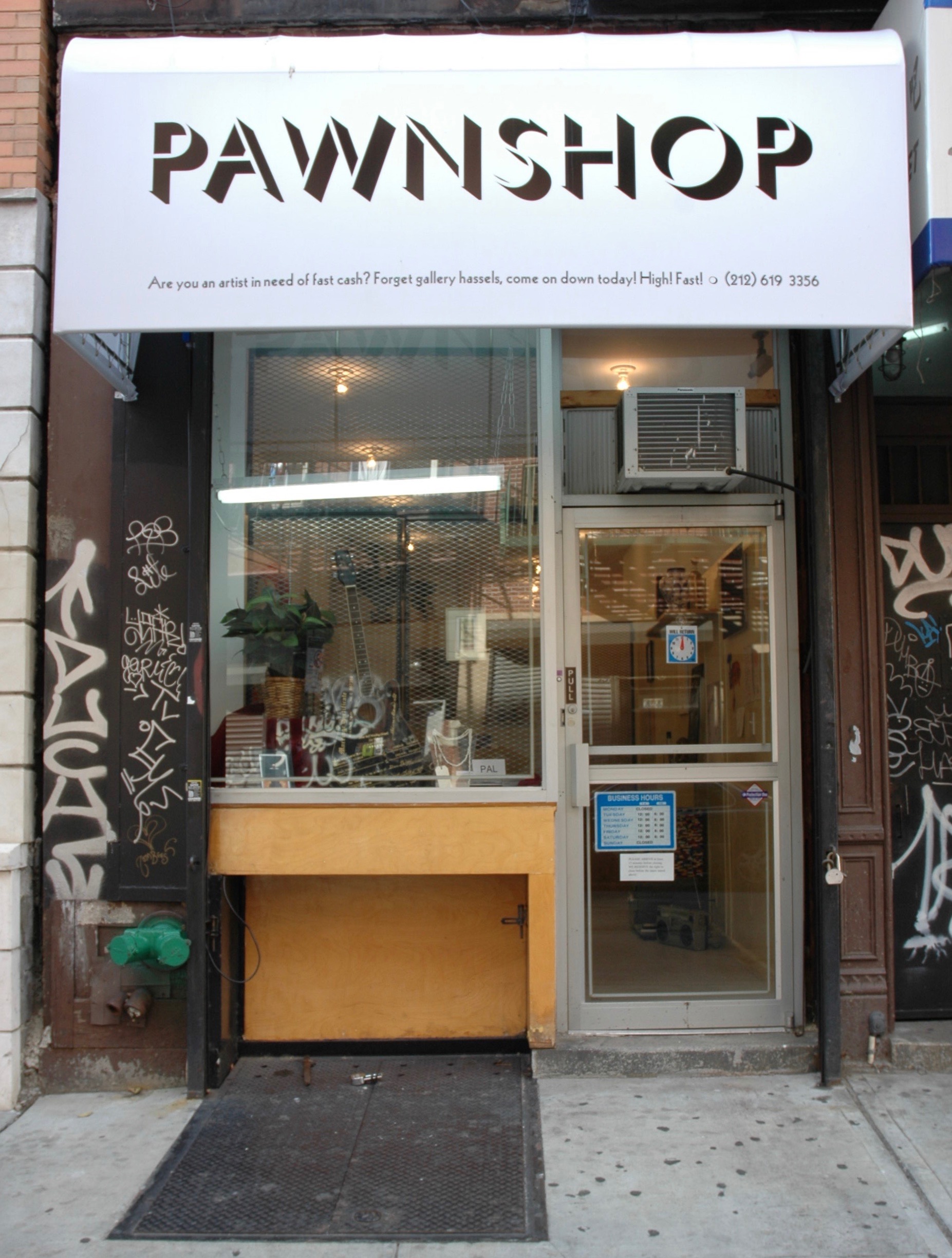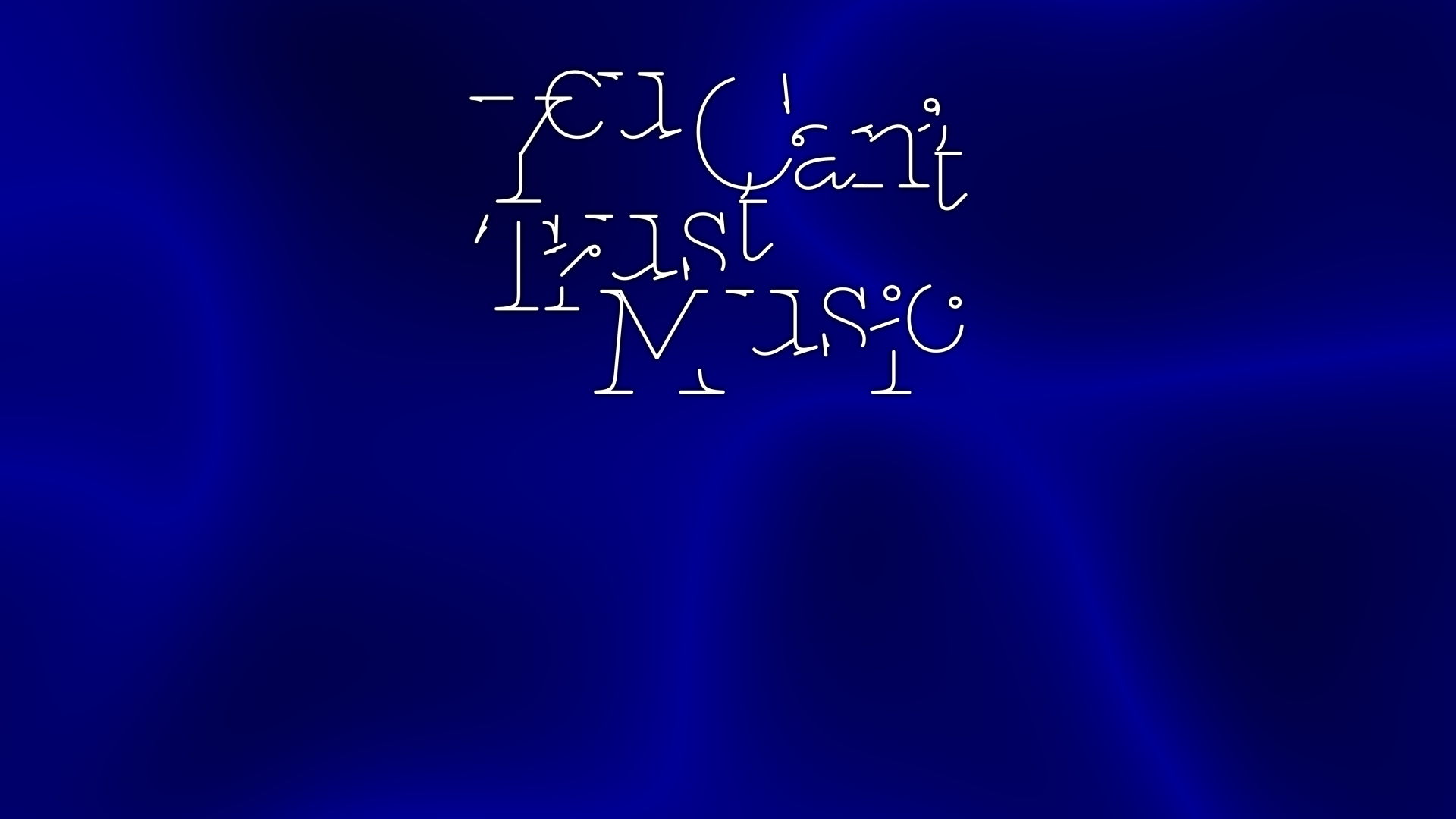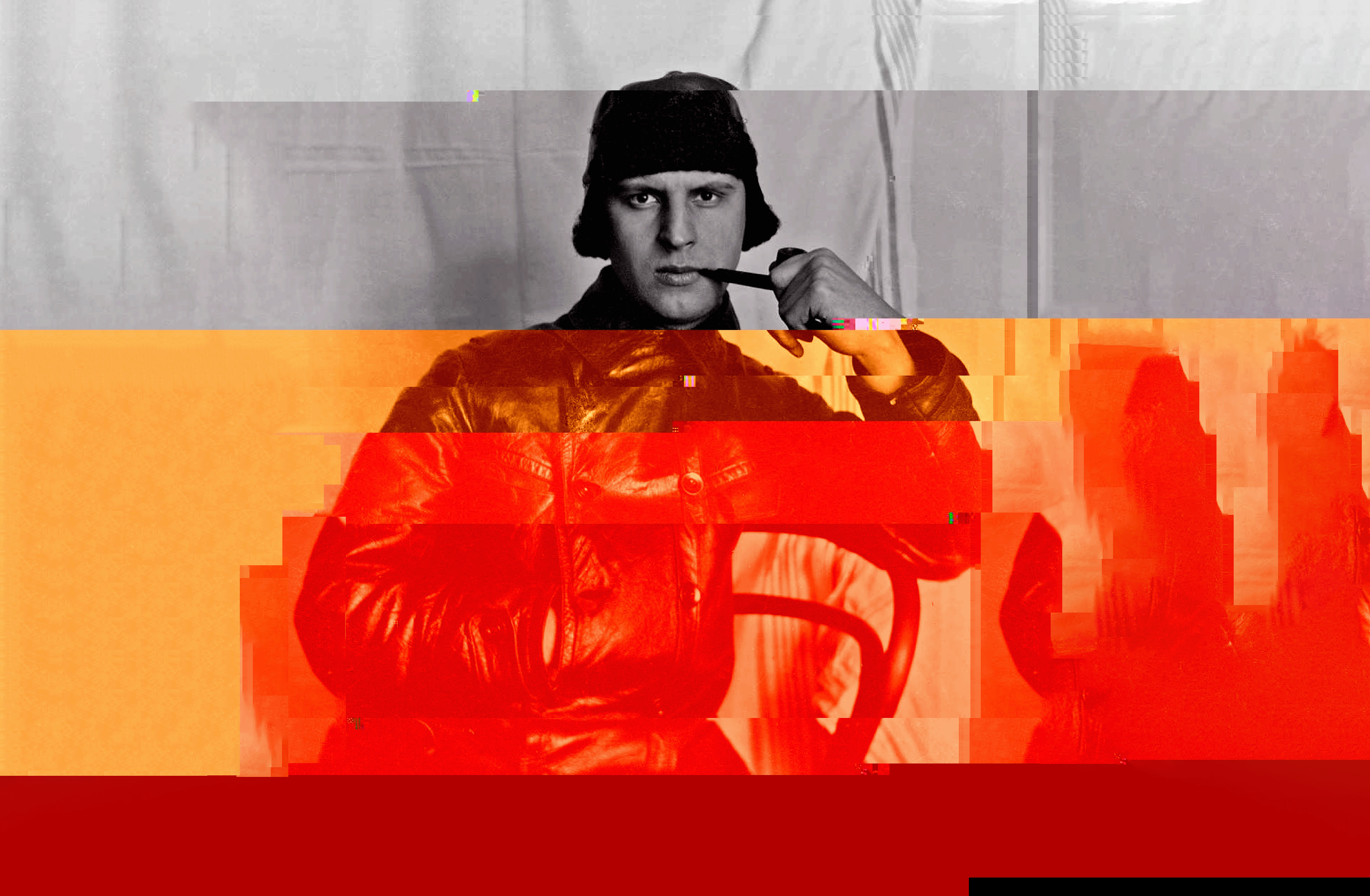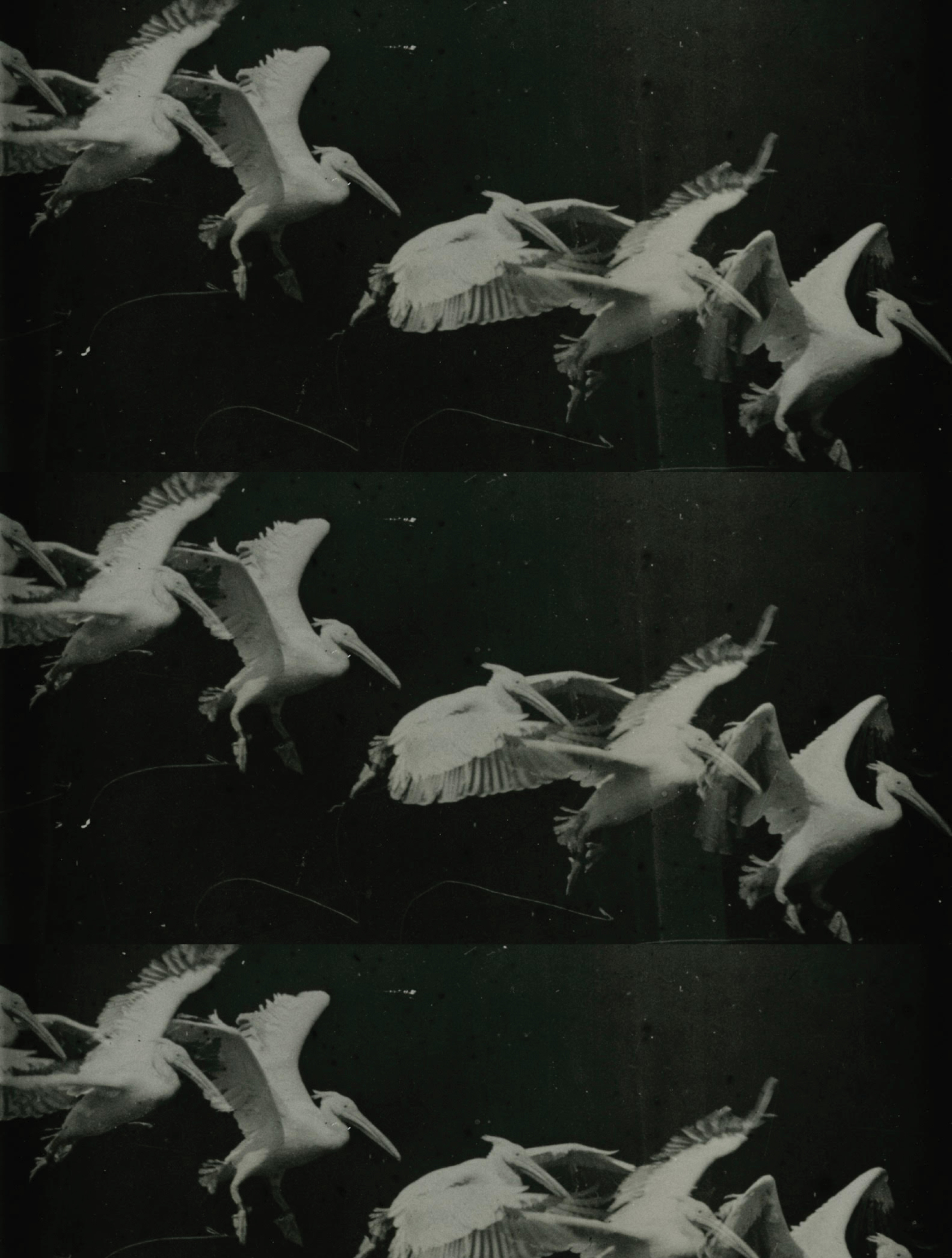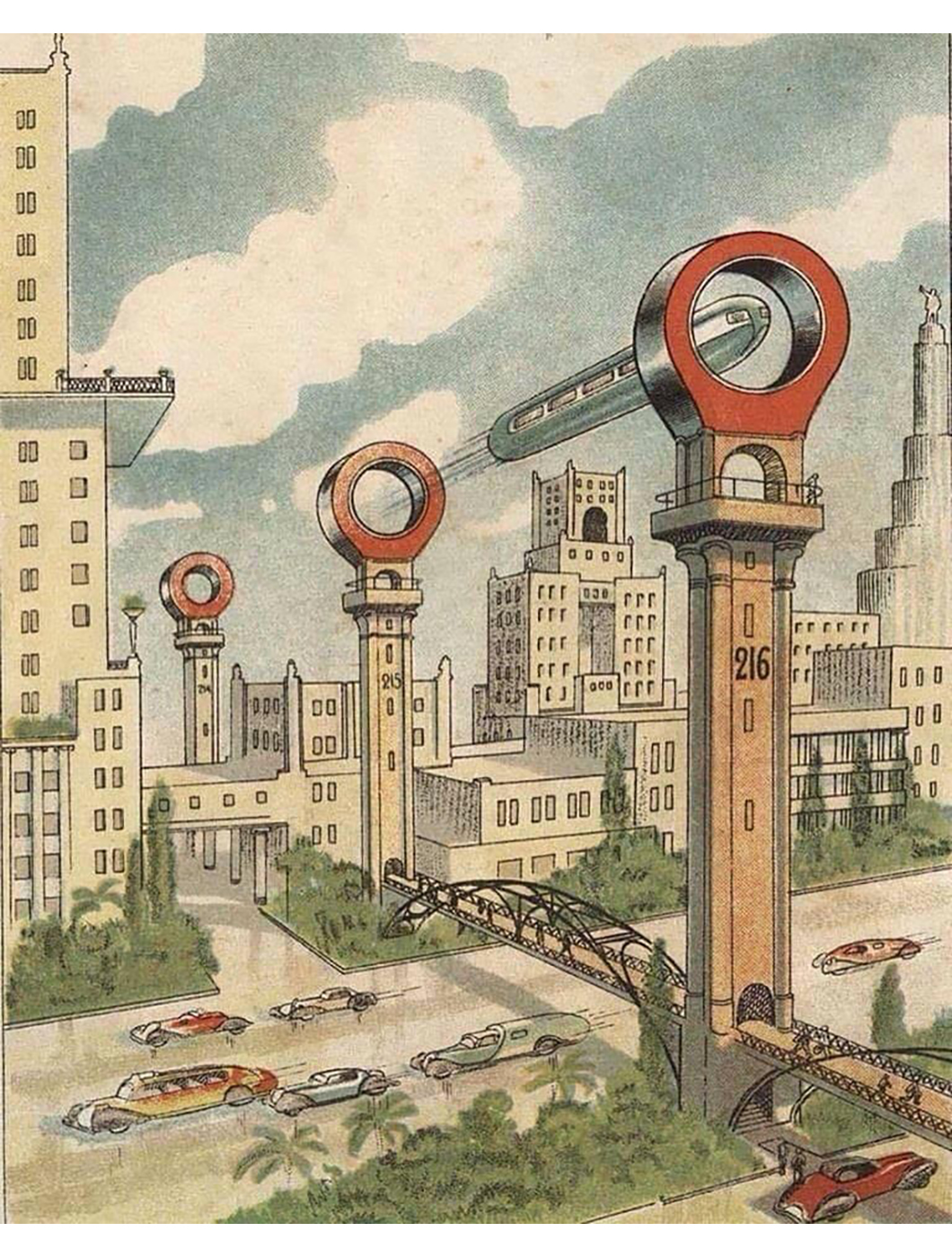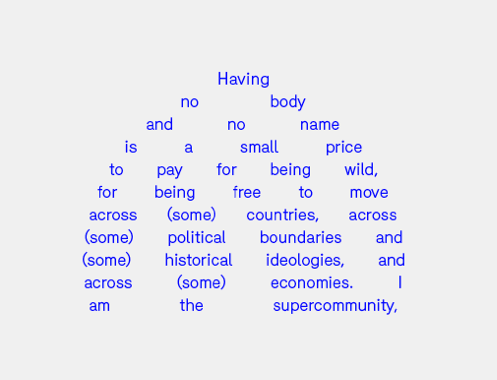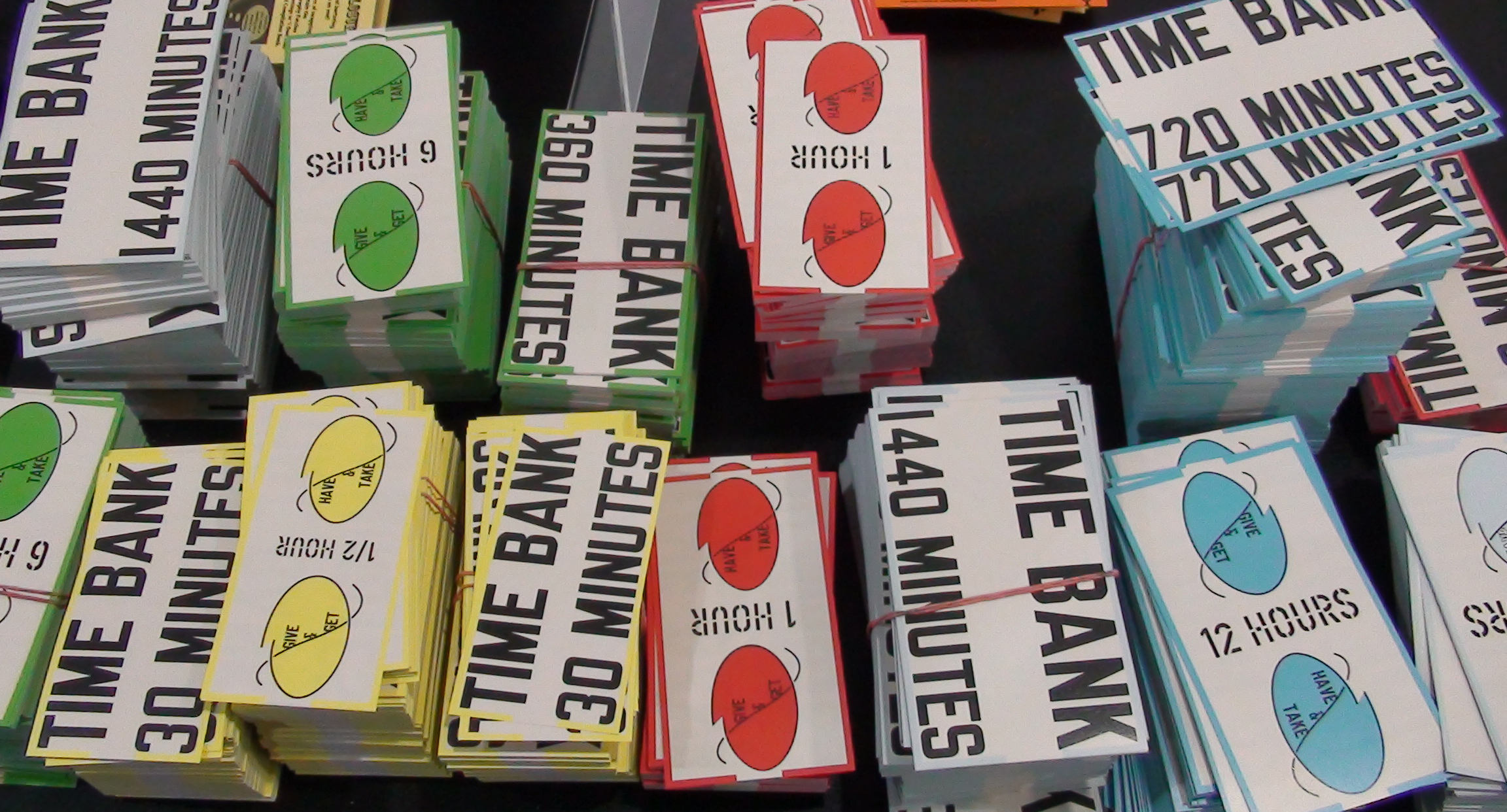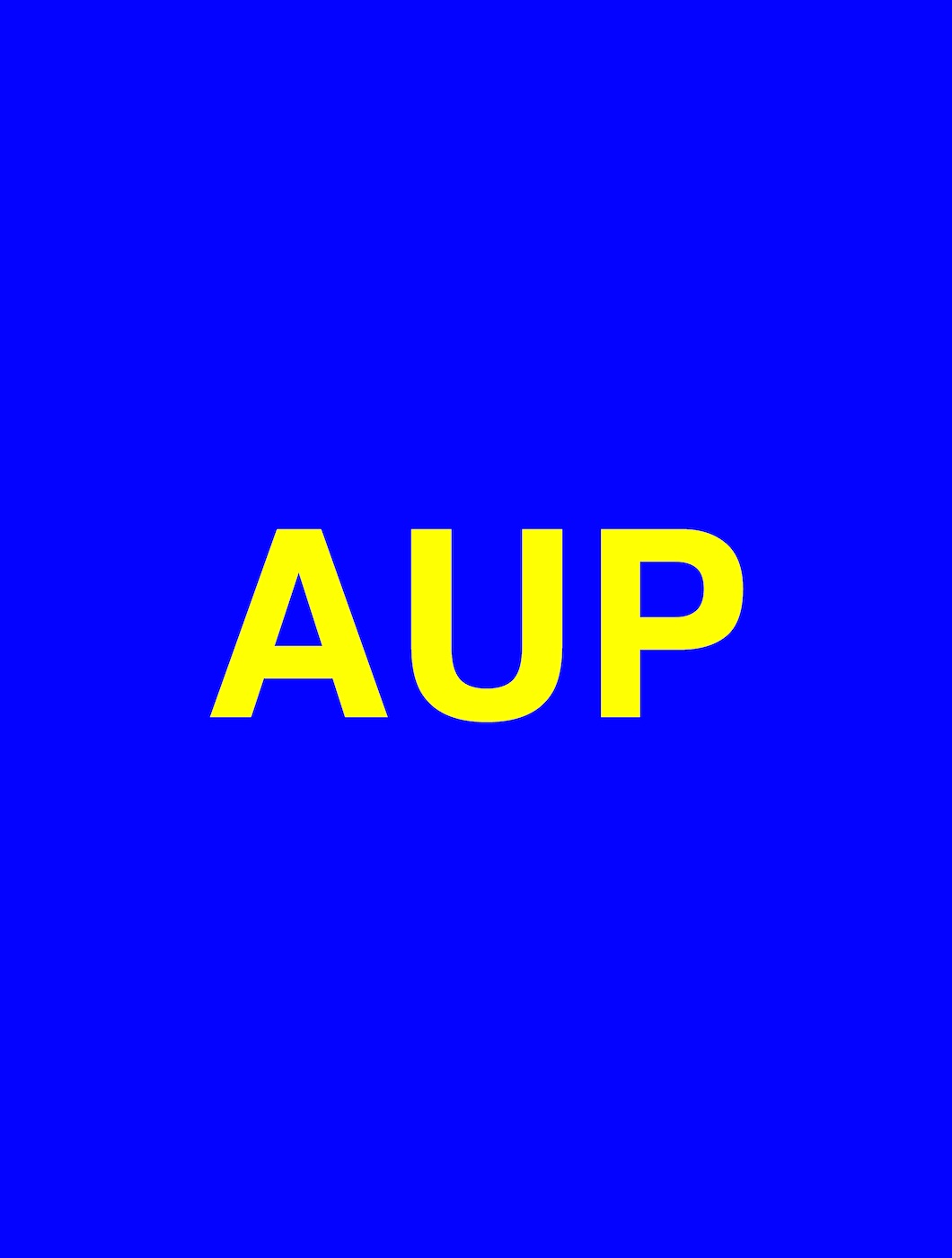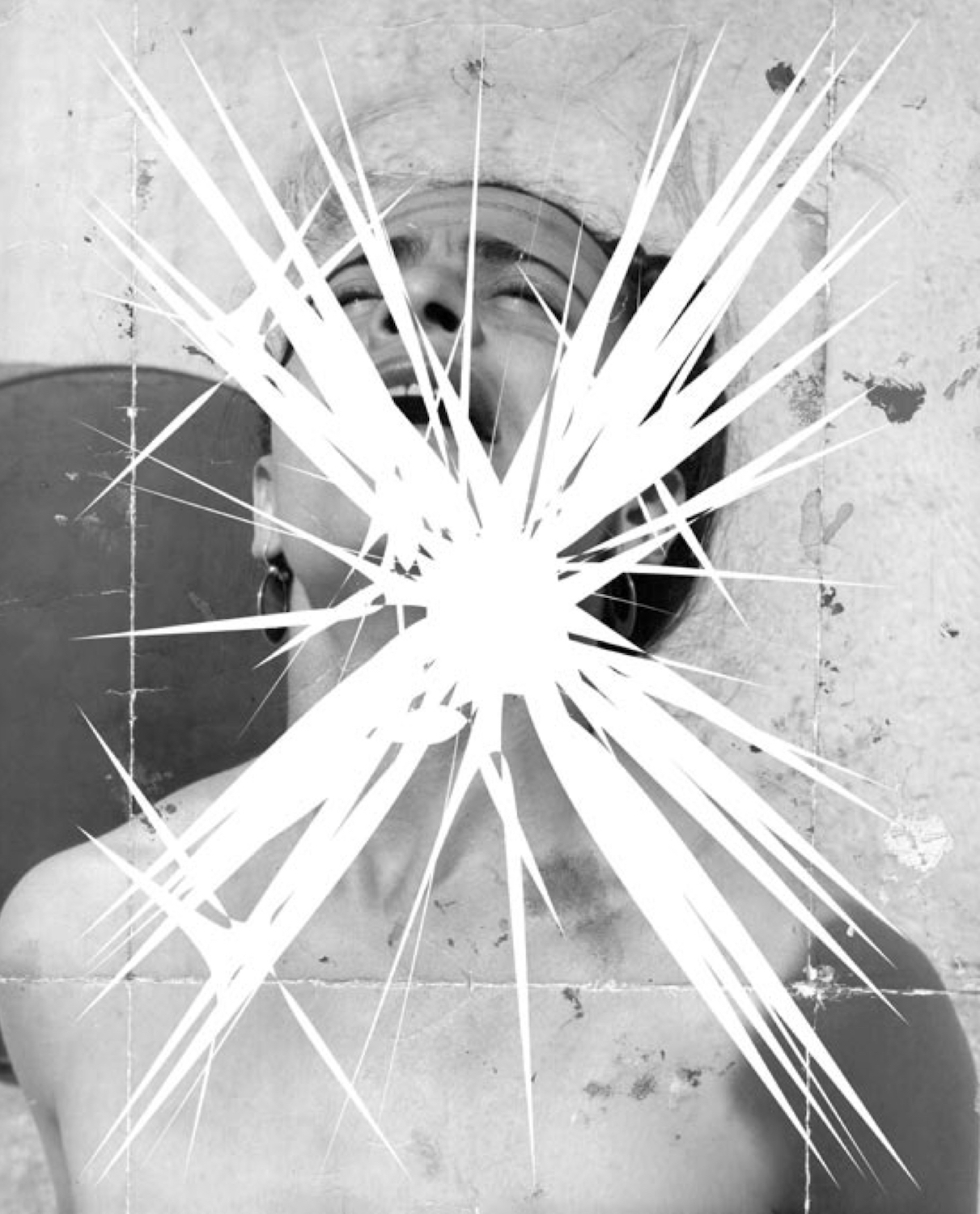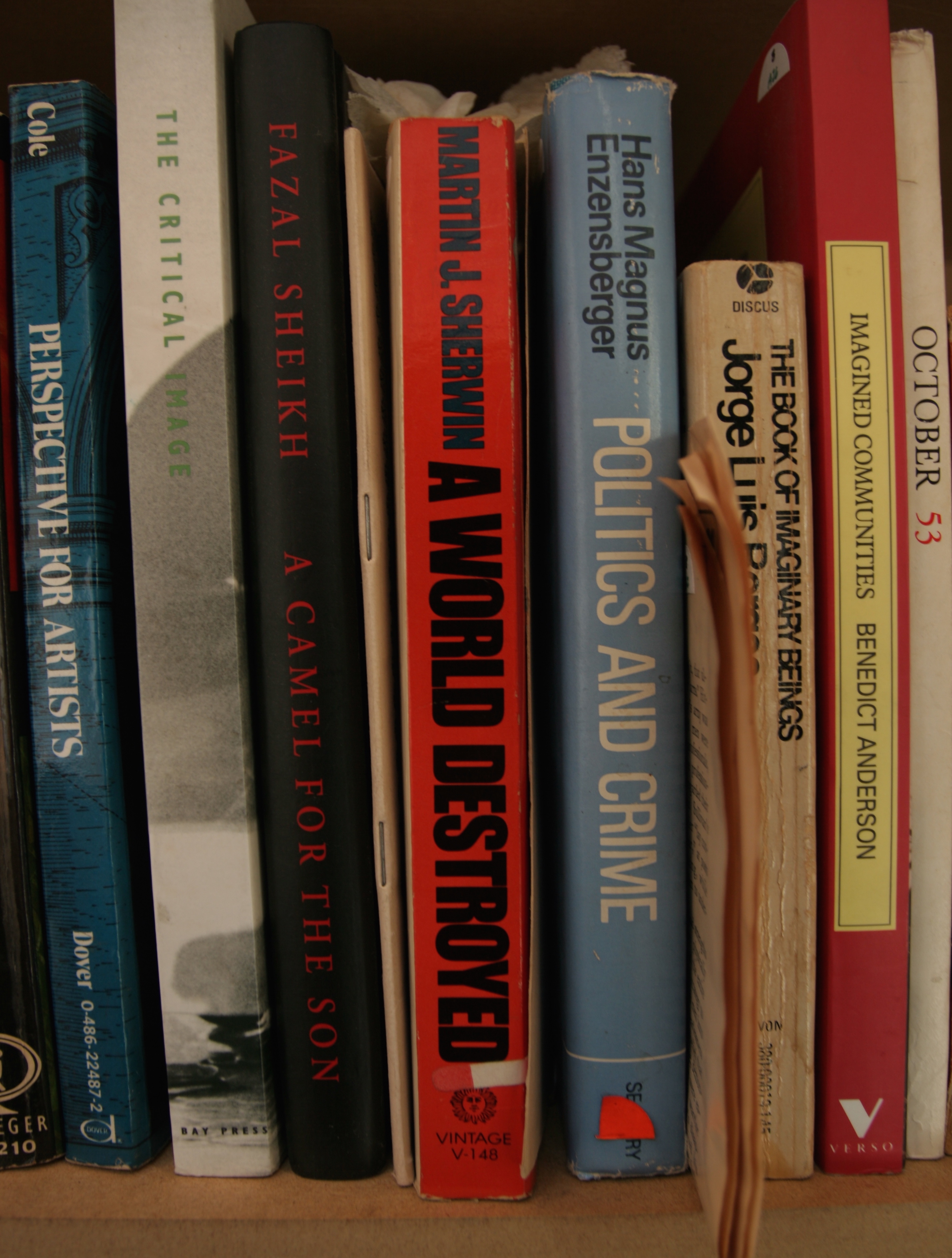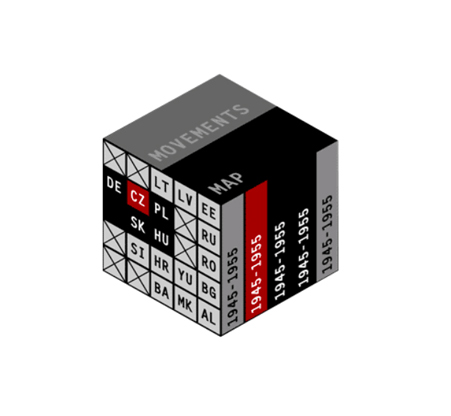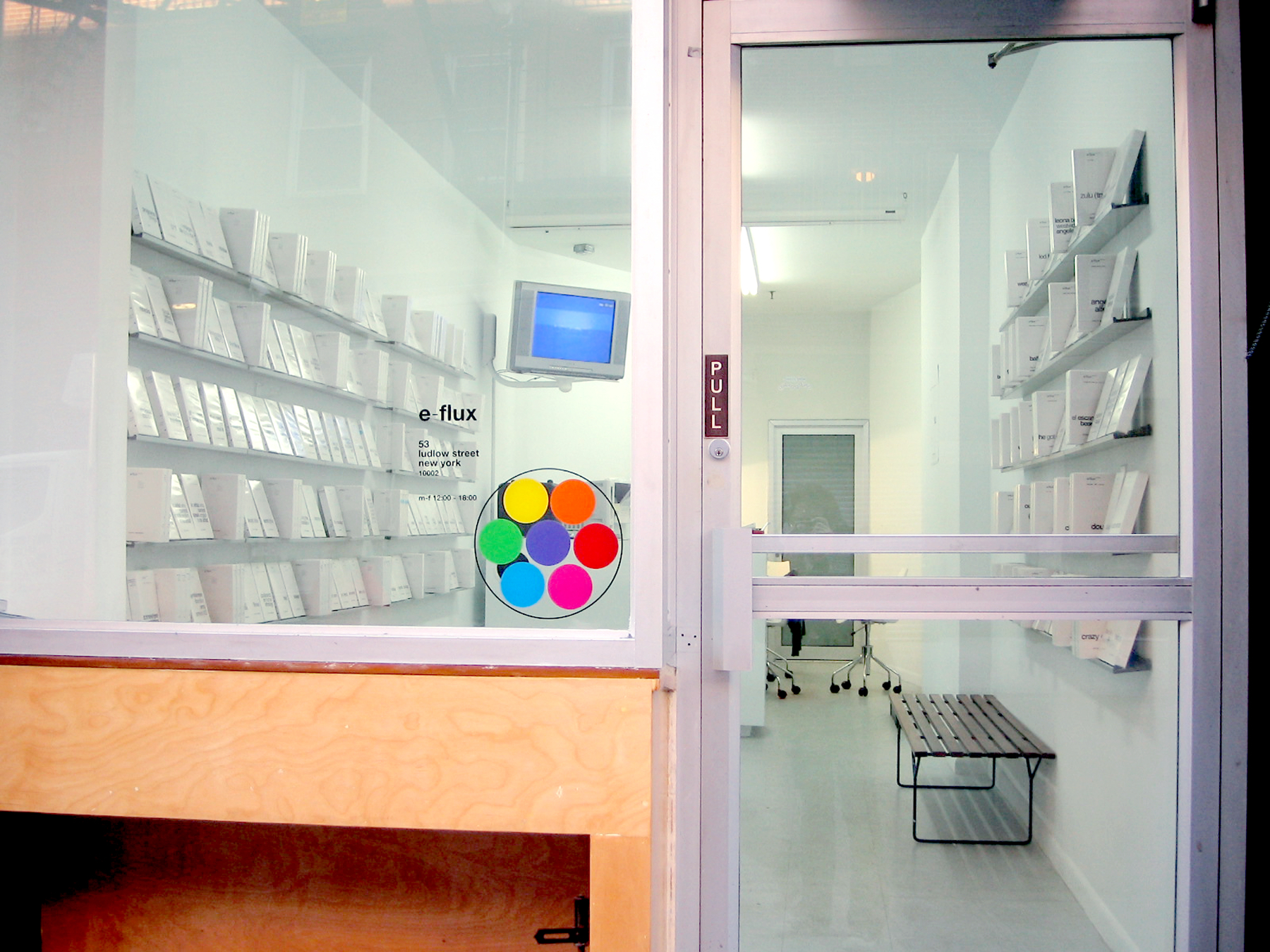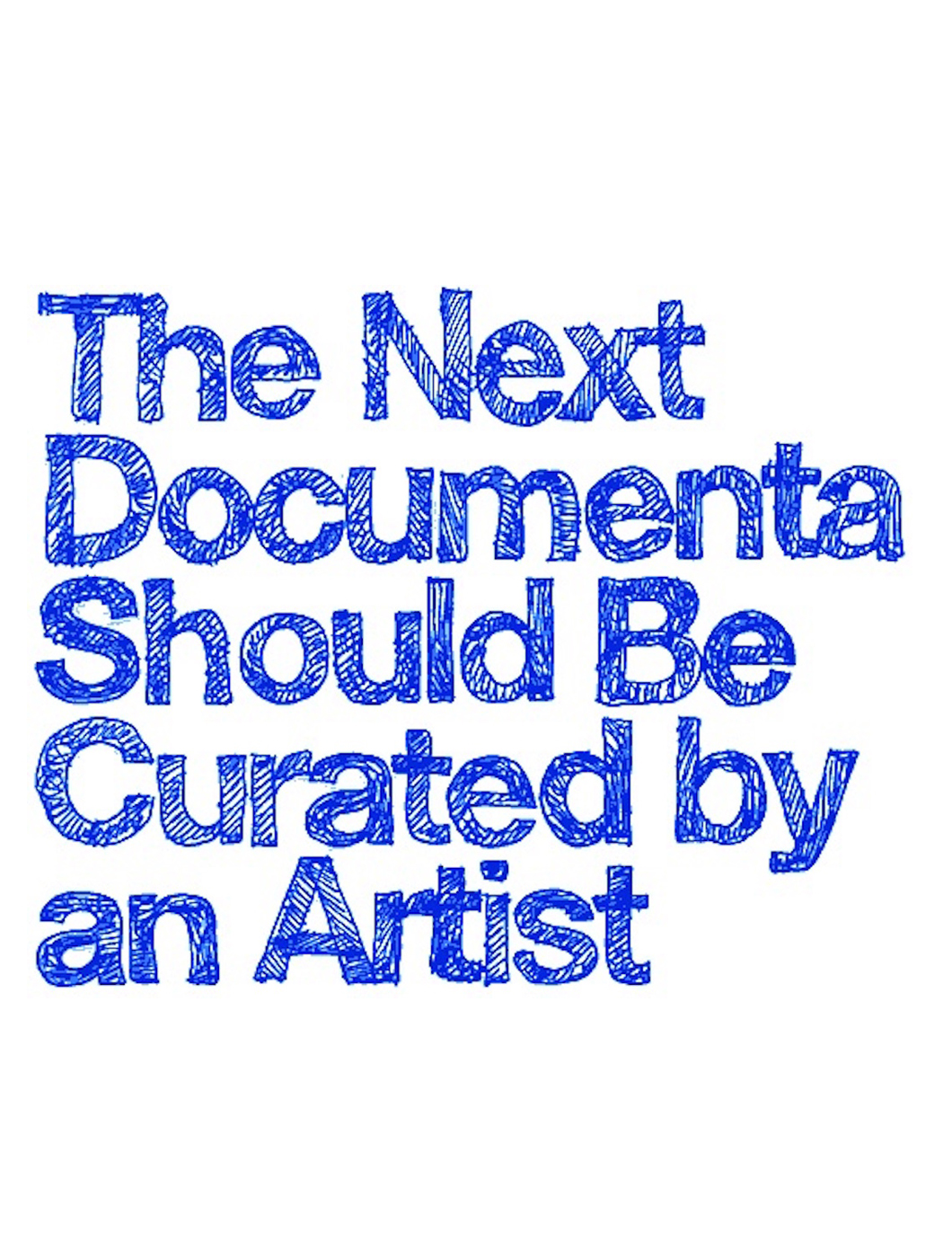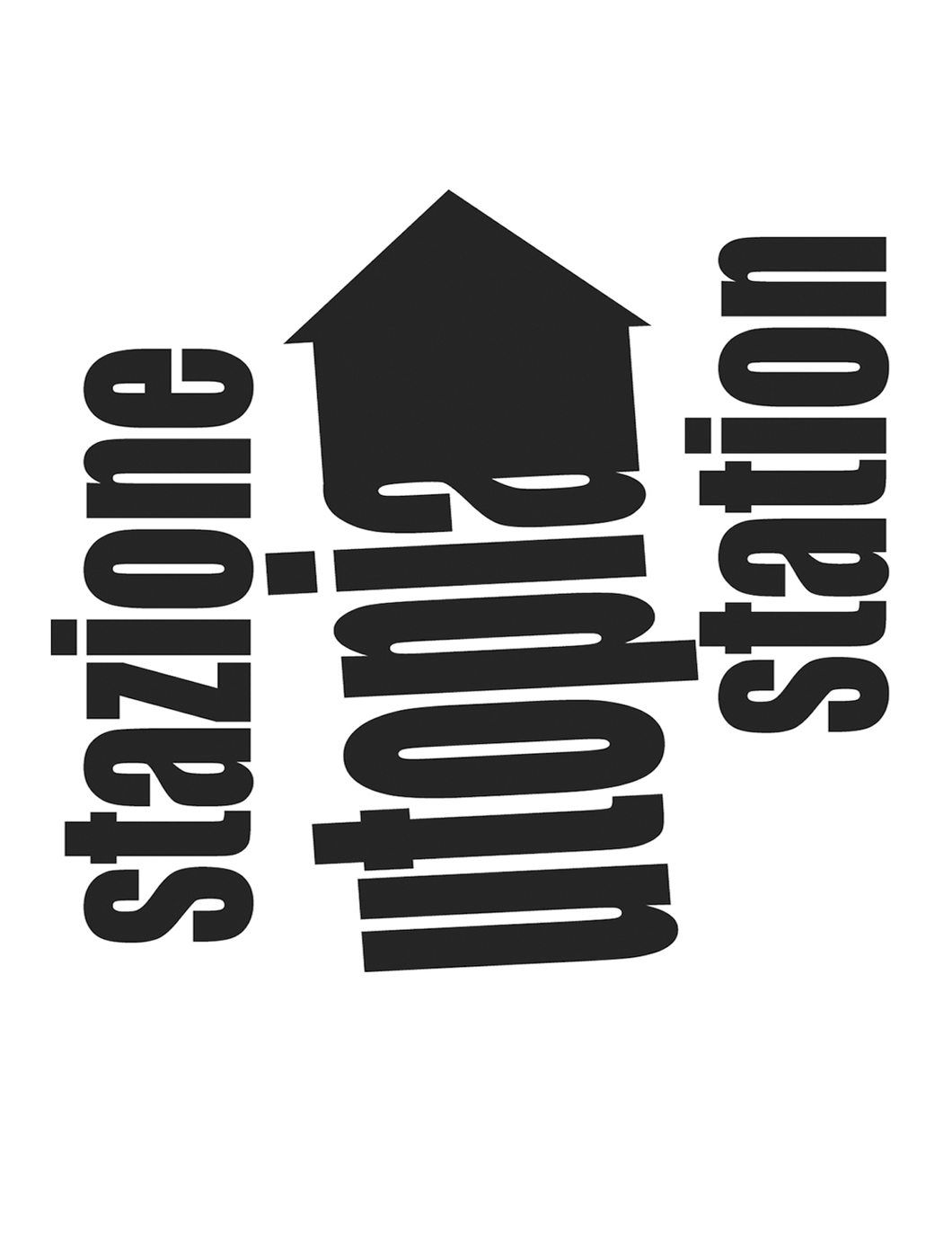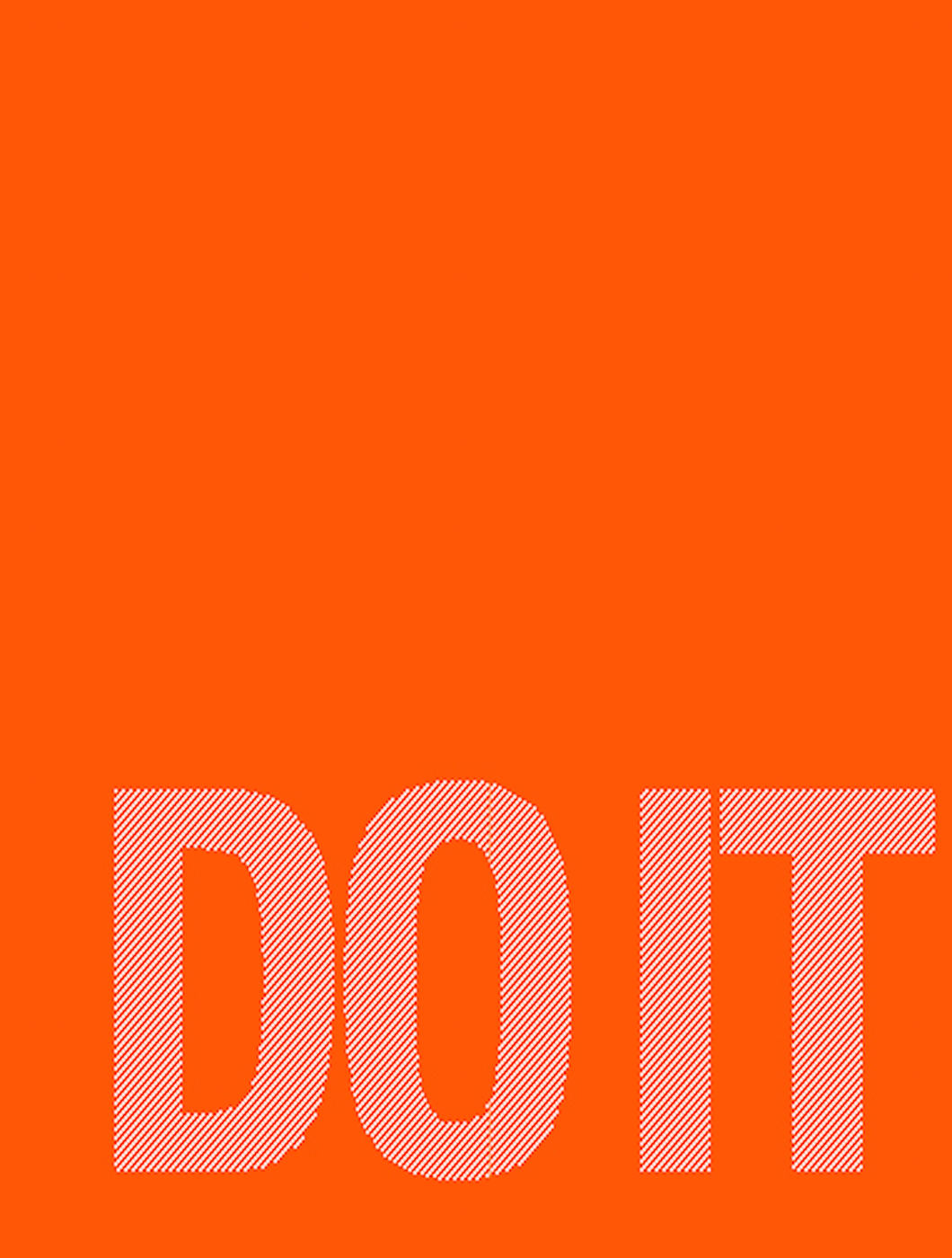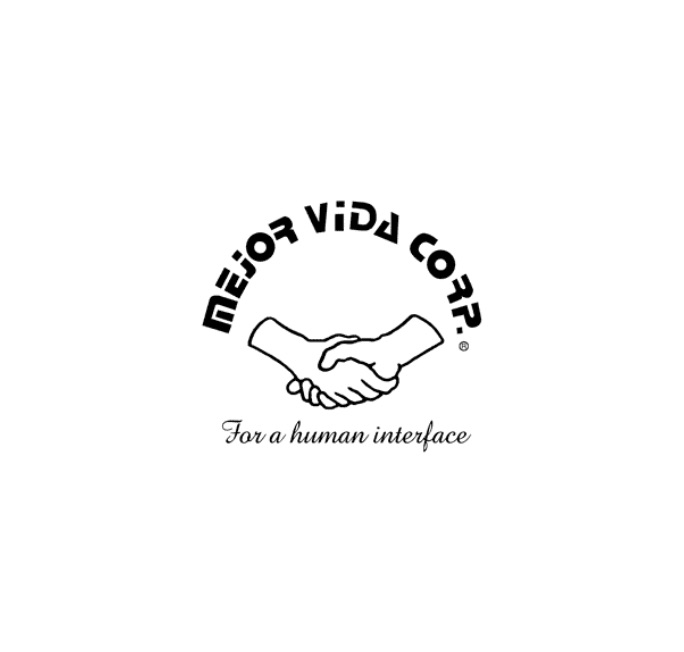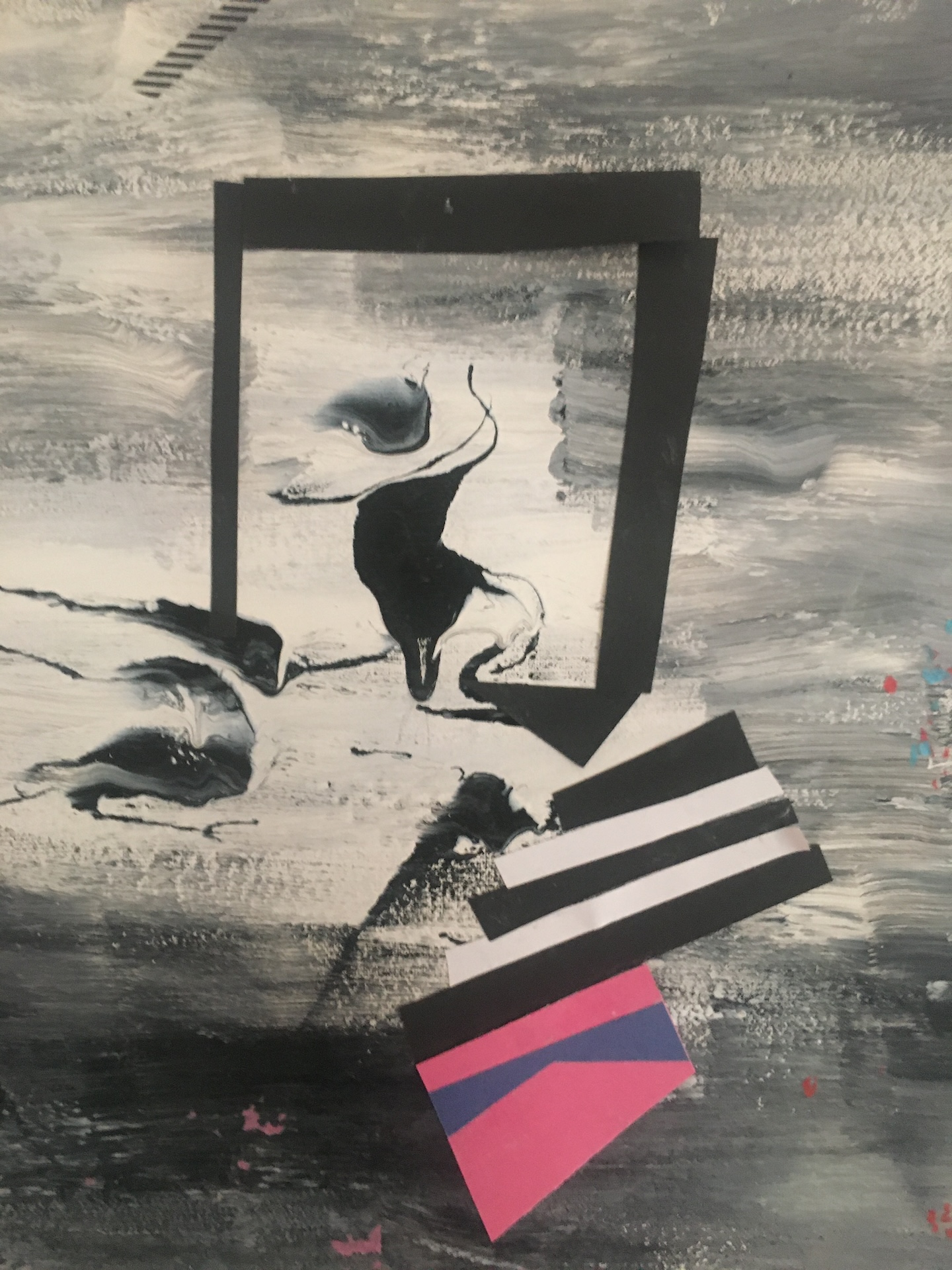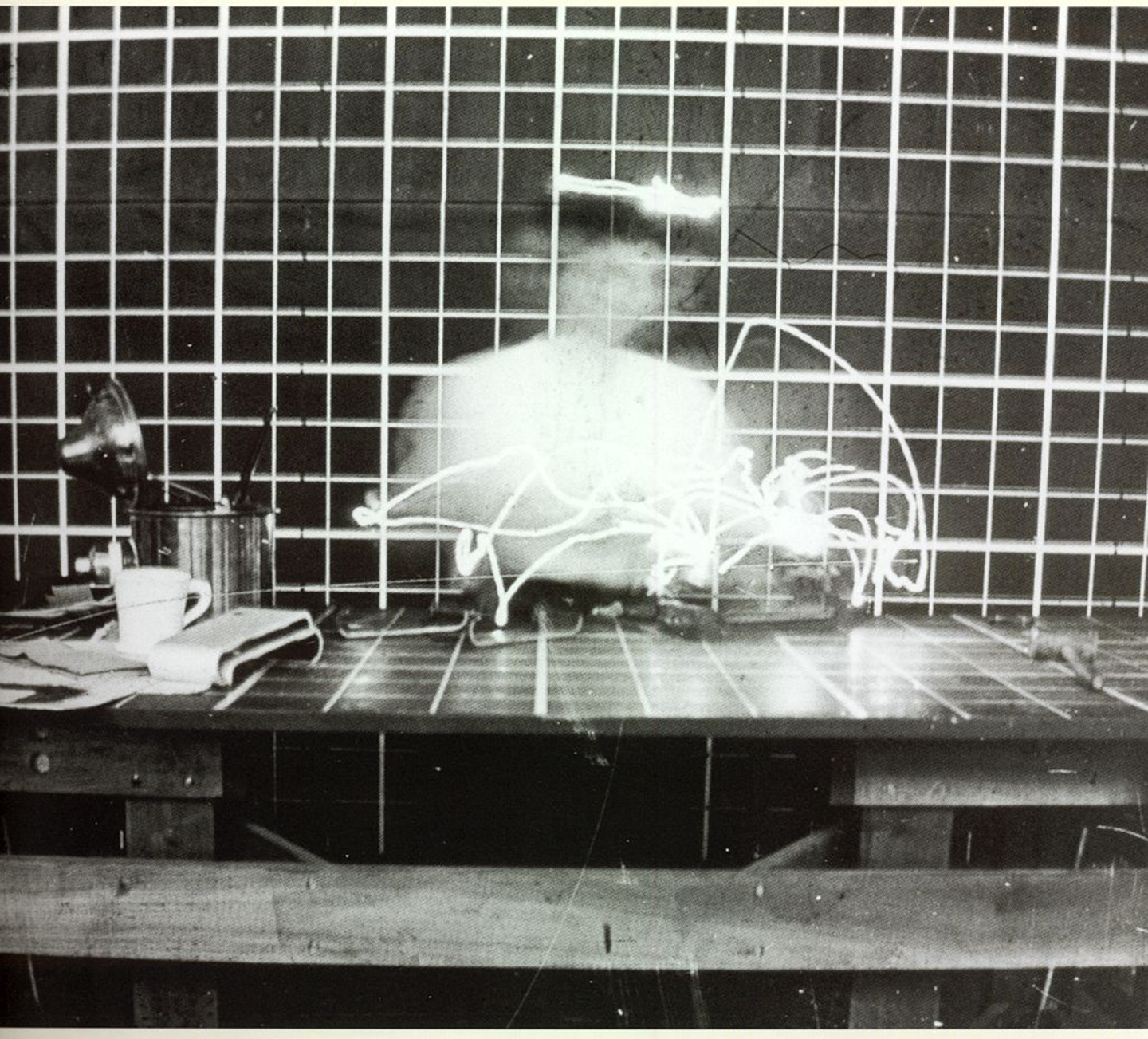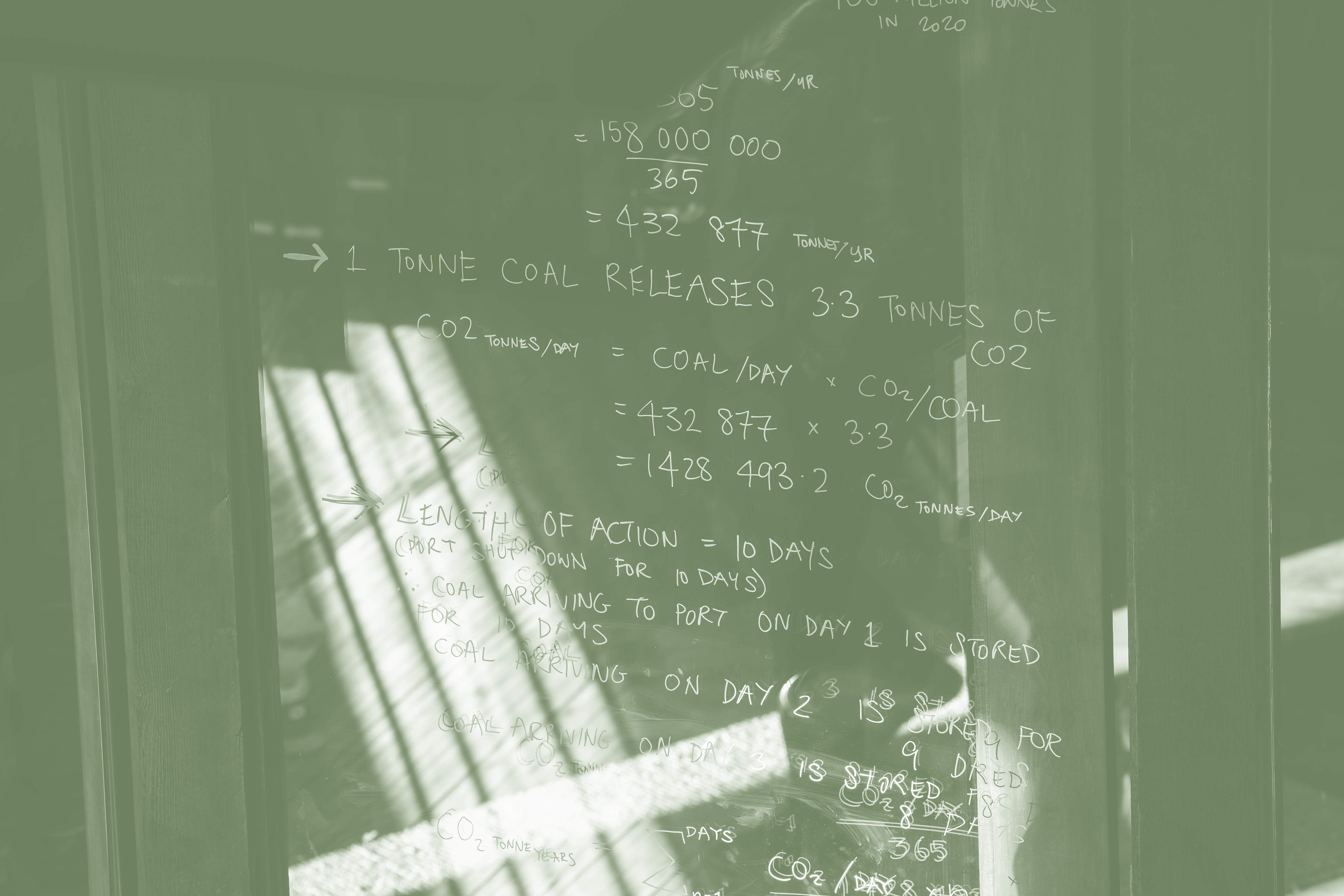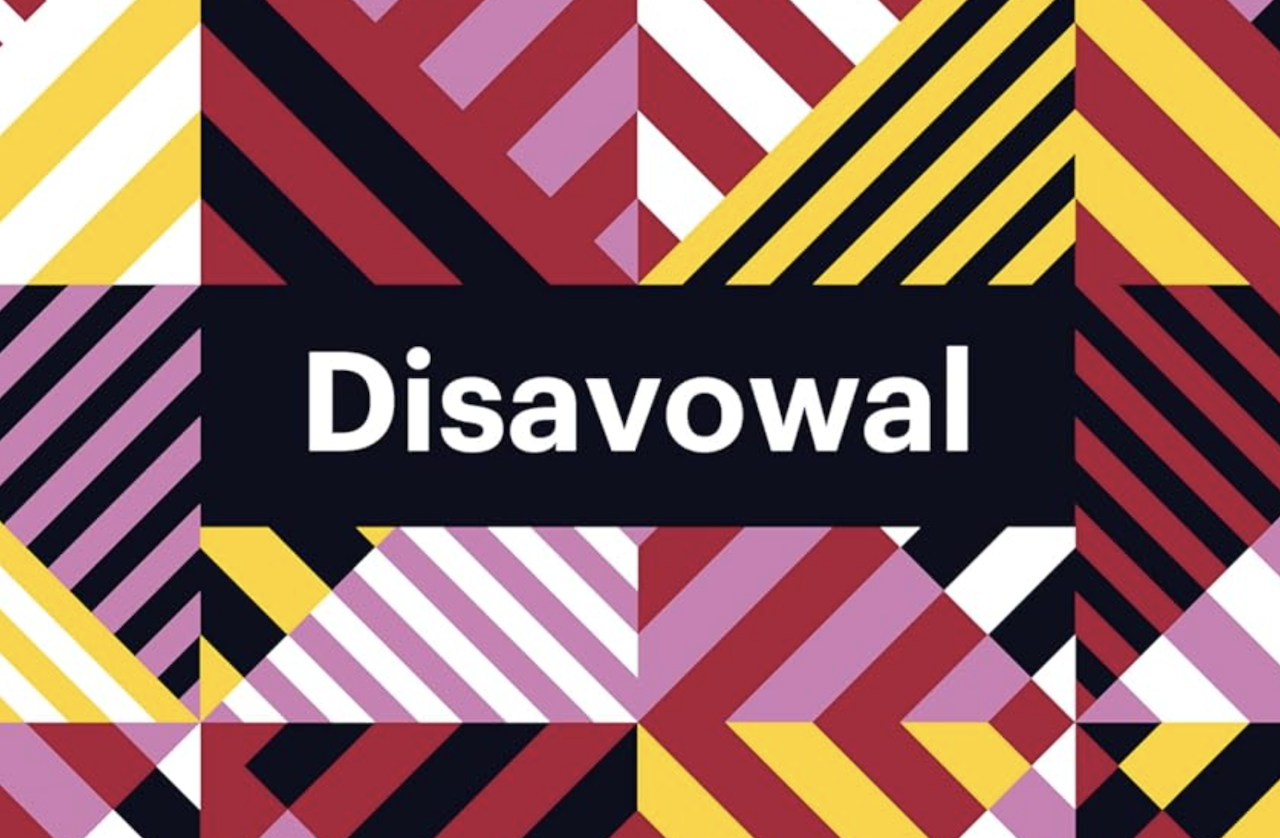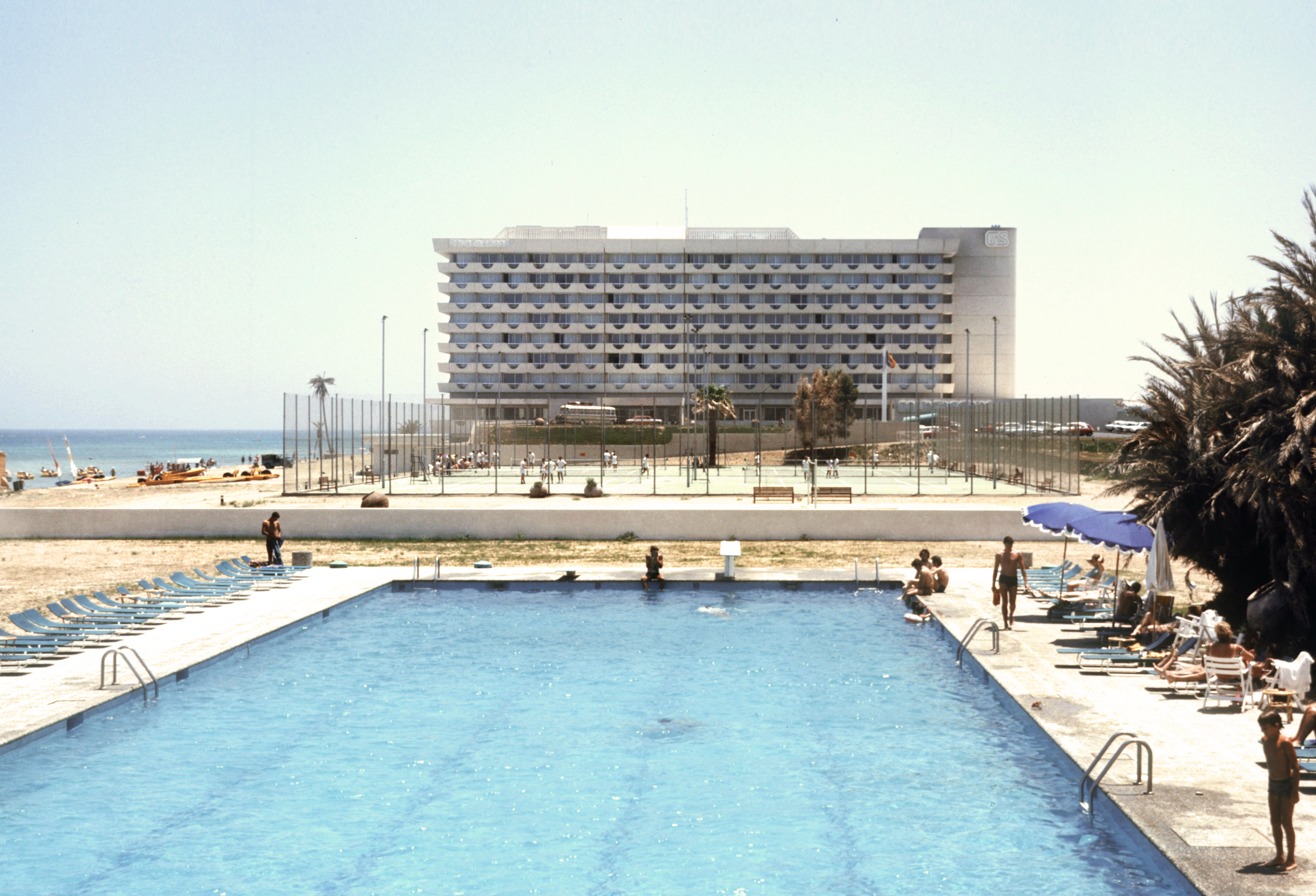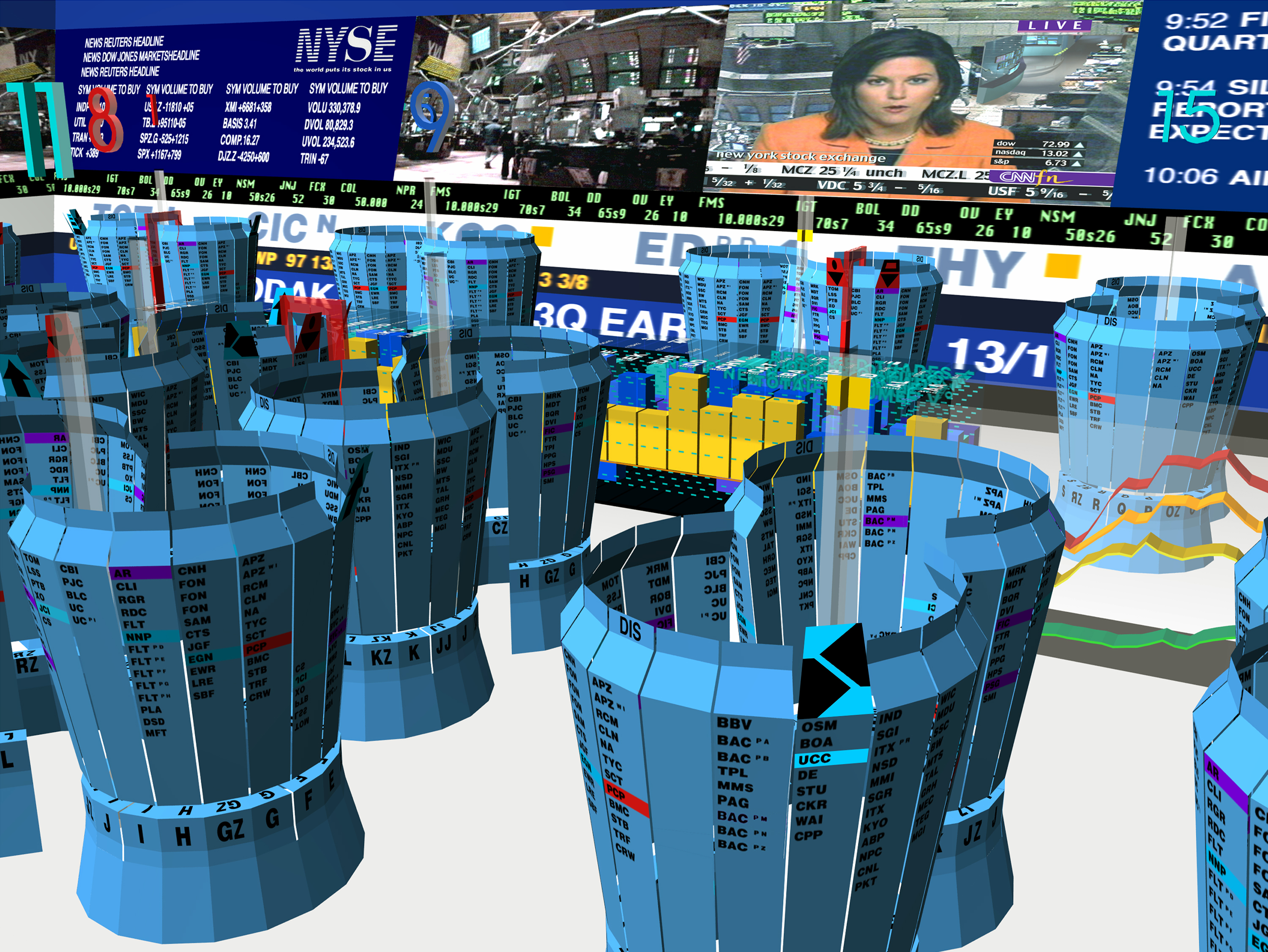Pawnshop
PAWNSHOP was a conversion of e-flux's Ludlow Street office space into a pawnshop dedicated to the pawning of artworks.
Structurally, a pawnshop is a short-term loan business, which retains a collateral object in exchange for cash — a small fraction of the object’s value that must be repaid with interest for the item is to be re-claimed by its original owner. If, after 30 days, the item has not been claimed, the pawnbroker earns the right to sell it, and the pawned object remains on display until it is picked up or purchased by someone else.
PAWNSHOP’s initial inventory is comprised of over 60 pawned works from a group of artists invited to participate in the project. After PAWNSHOP opens for business on October 1st, artists may walk in with a work they want to pawn — we will happily look at all submissions and, if we find any of interest, we may add them to our inventory. After the initial 30 days, on November 1st, the artworks that have not been retrieved by their original owners may become available for sale.
Although these days pawnshops are often found in distressed urban neighborhoods, or near gambling sites where fast cash comes at a premium, this was not the case historically. From early Chinese society to the Medici era in Europe, pawnshops served as primary lenders to their communities and provided financial bases for some of the more important historical events of their times, including the discovery of the Americas; Columbus’ voyage was funded by Queen Isabella of Spain pawning her jewels. We are very curious what discoveries our pawnshop will bring about…
For several years now e-flux has been experimenting with models unusual for art, exploring the poetics of circulation and distribution. We love pawnshops for their mix of acute inventiveness, futurity and anticipation… and the idea that the object (a gun, a ring, a work of art in our case) is collateral for cash, a substitution, which might be traded back for the object during a set duration of time. A pawnshop is a stage where merchandise and money dance in a choreography that could have them circle back and cancel each other out, but in fact rarely does. What better place to question how the value of the artwork and the worth of money might be set, and reset.
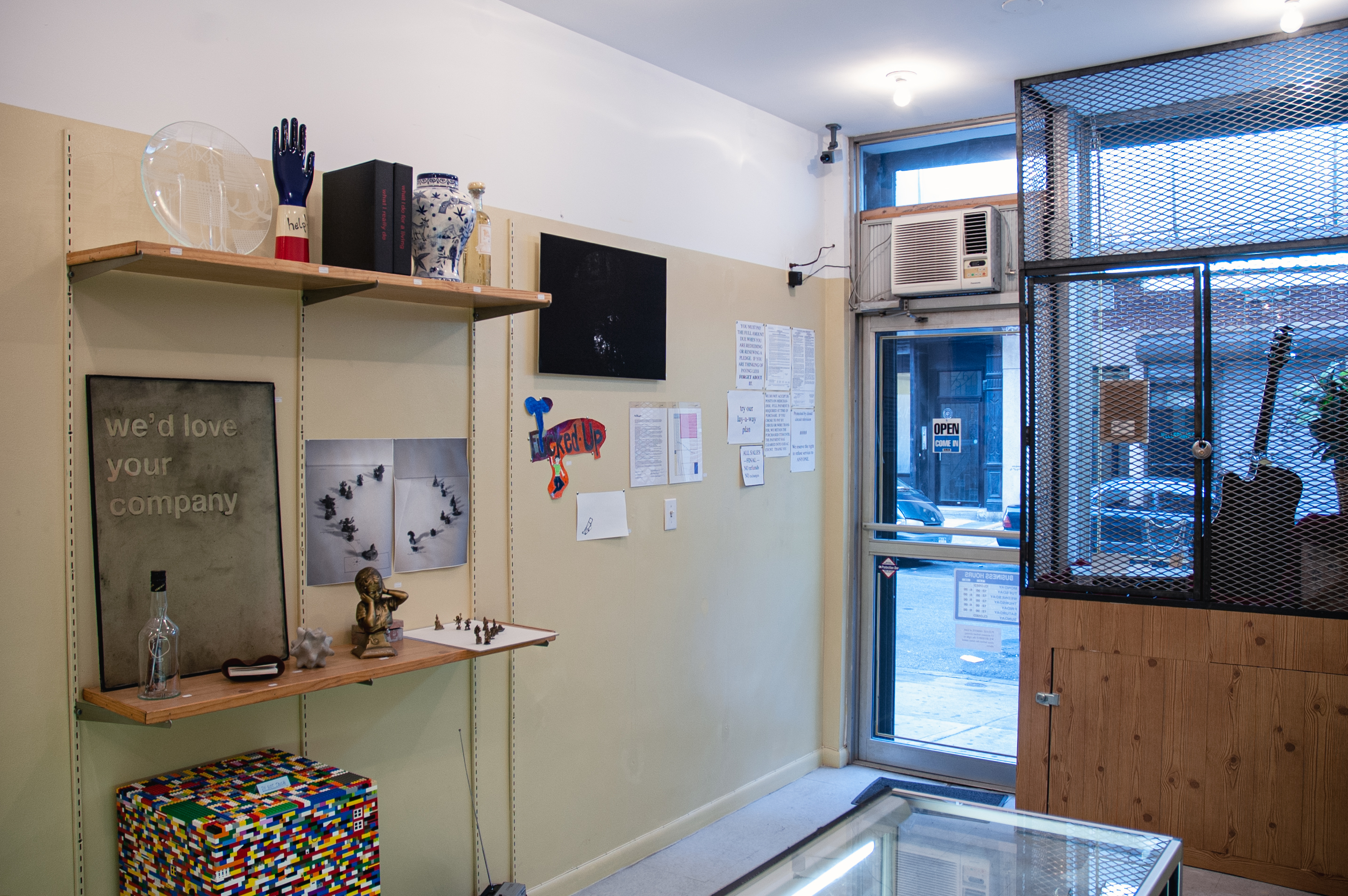
Pawnshop at e-flux storefront, New York, 2007
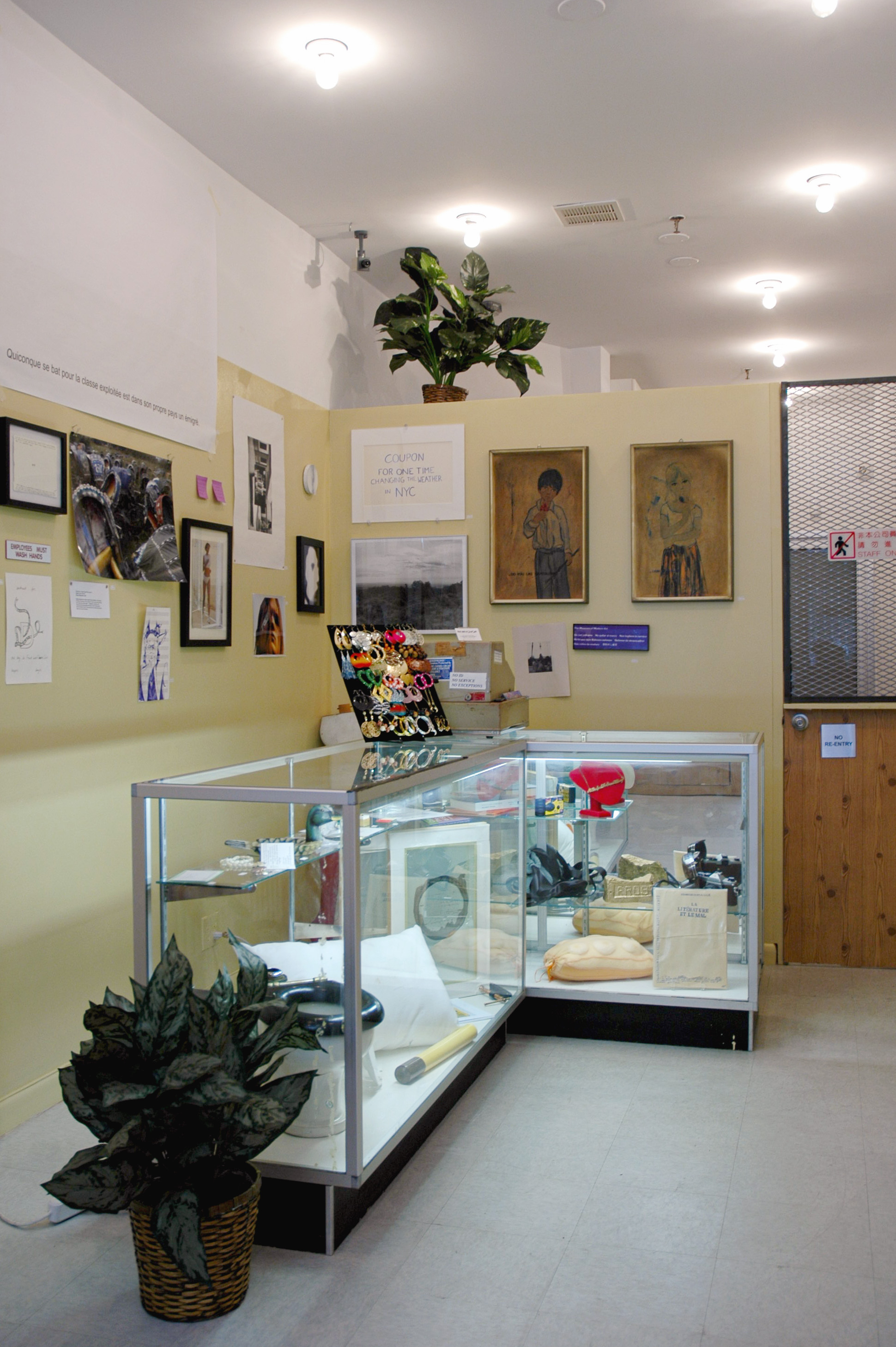
Pawnshop at e-flux storefront, New York, 2007
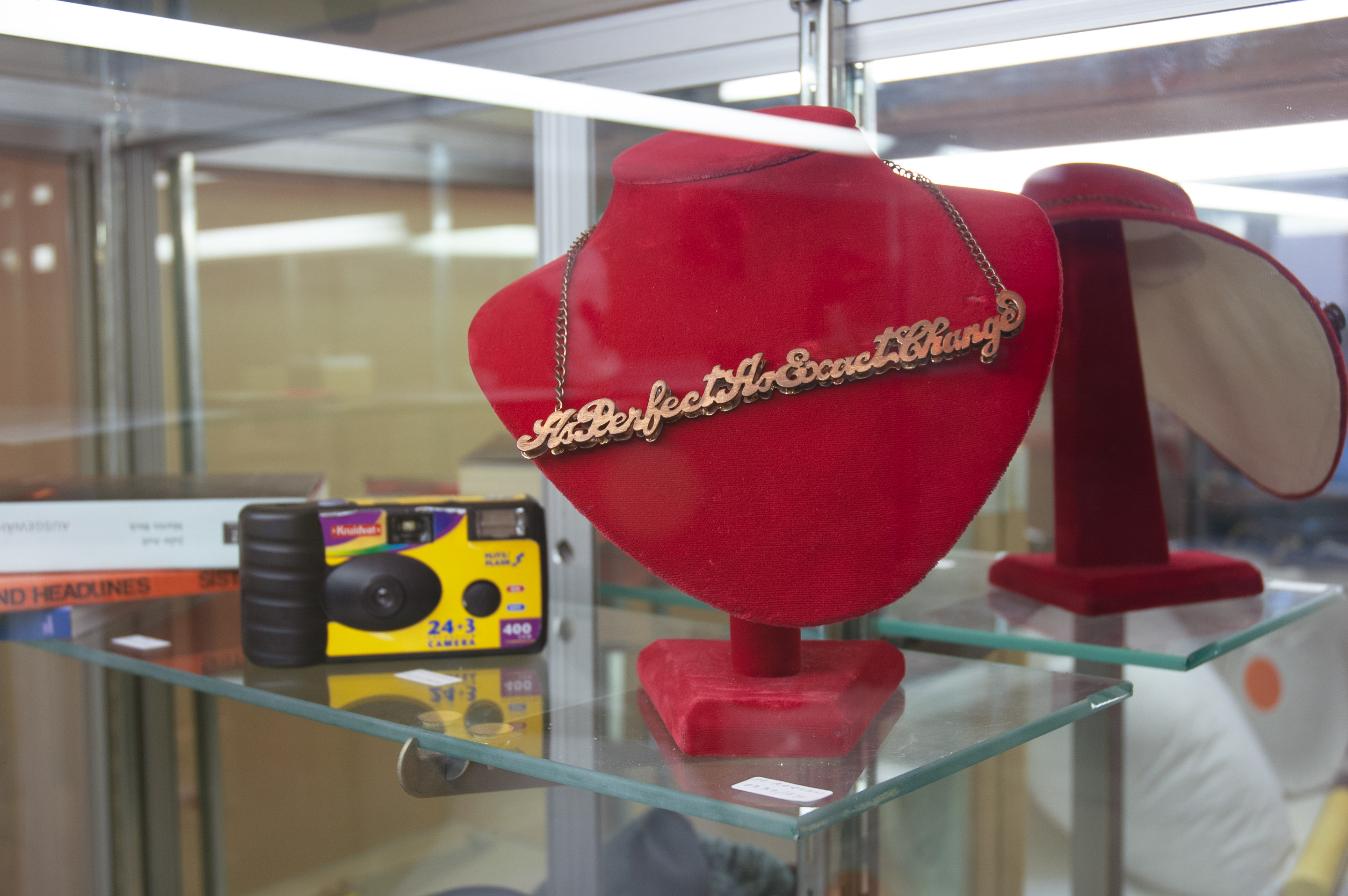
Pawnshop at e-flux storefront, New York, 2007

Pawnshop at e-flux storefront, New York, 2007
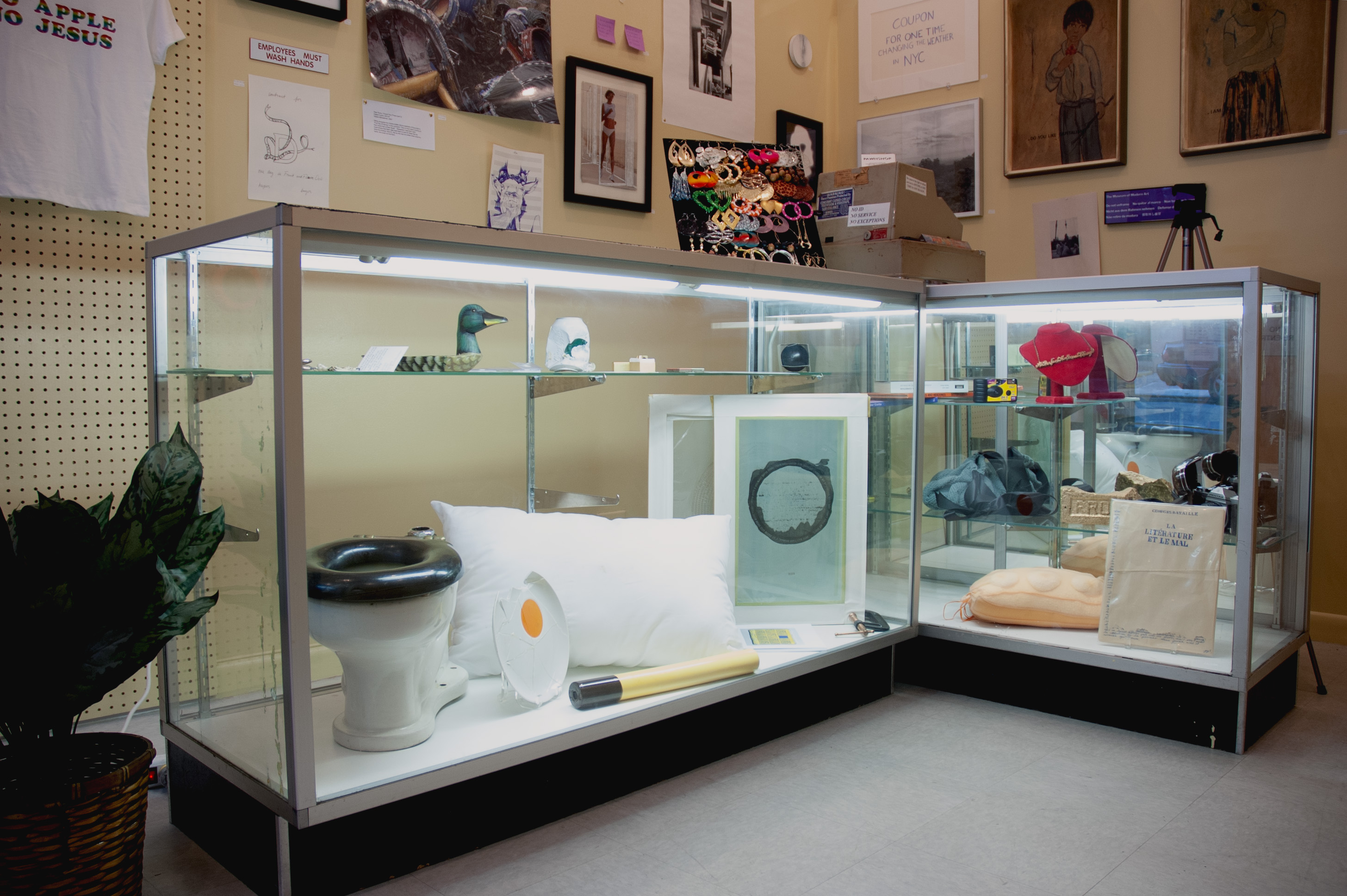
Pawnshop at e-flux storefront, New York, 2007
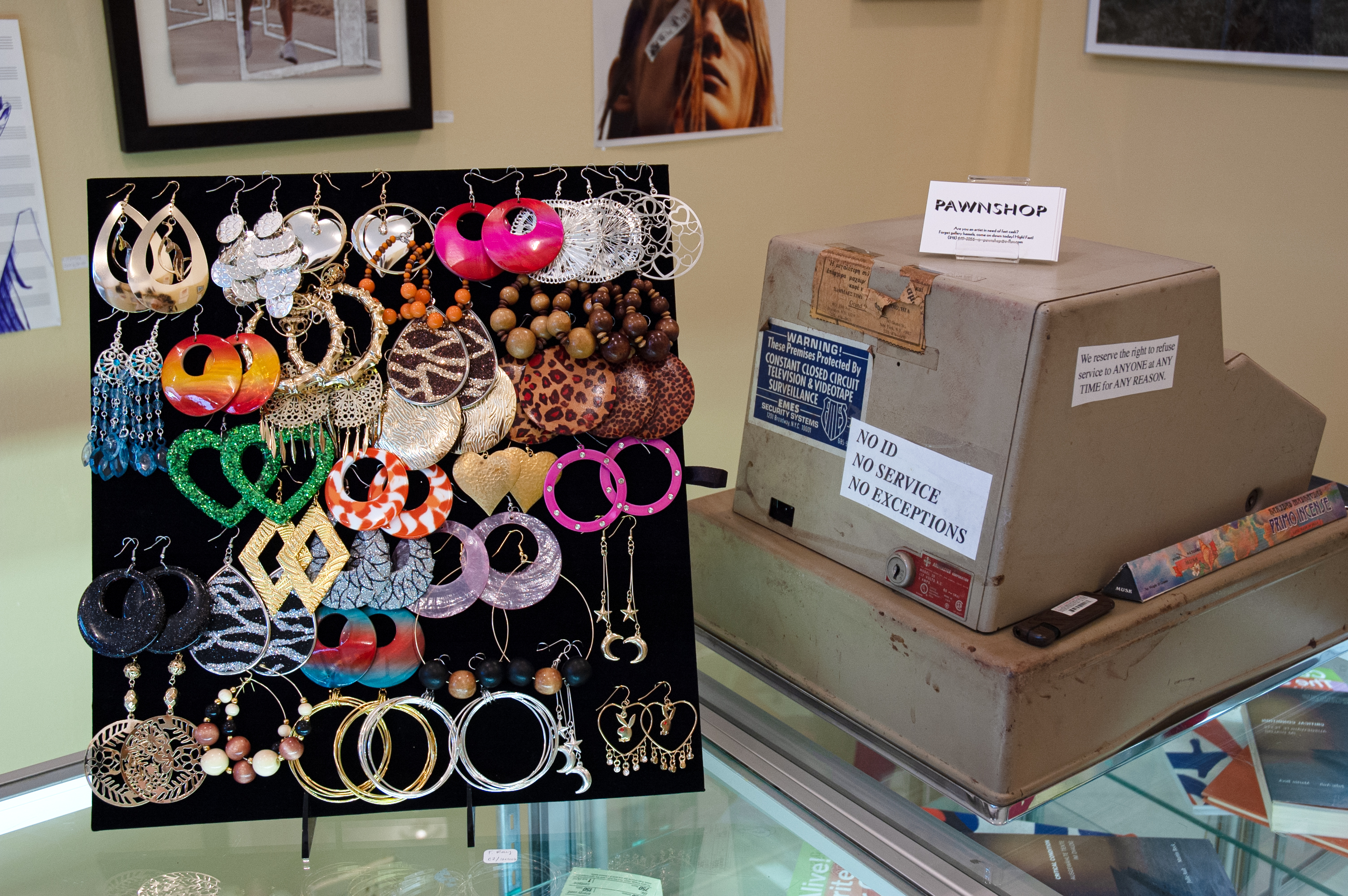
Pawnshop at e-flux storefront, New York, 2007
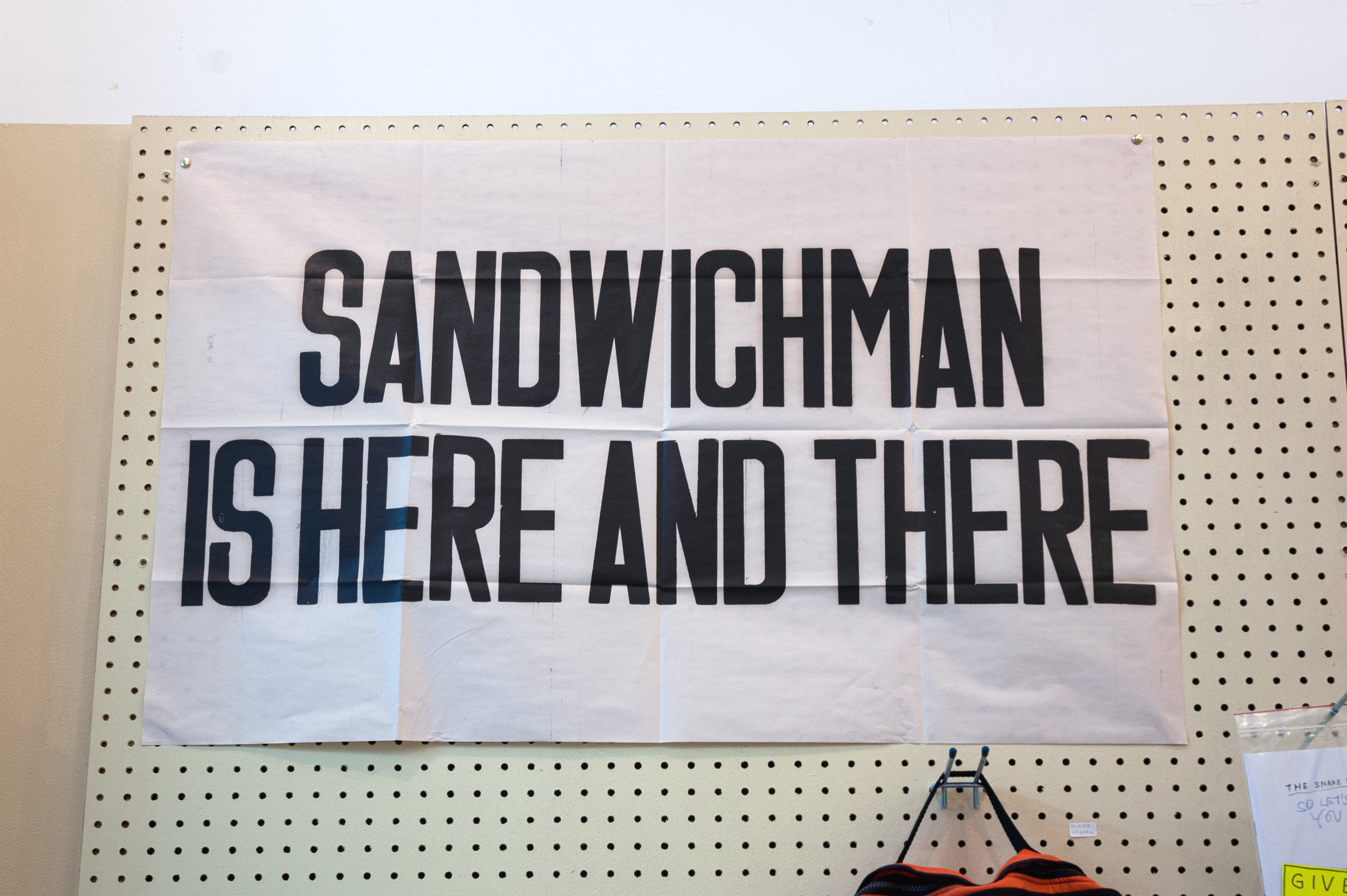
Pawnshop at e-flux storefront, New York, 2007
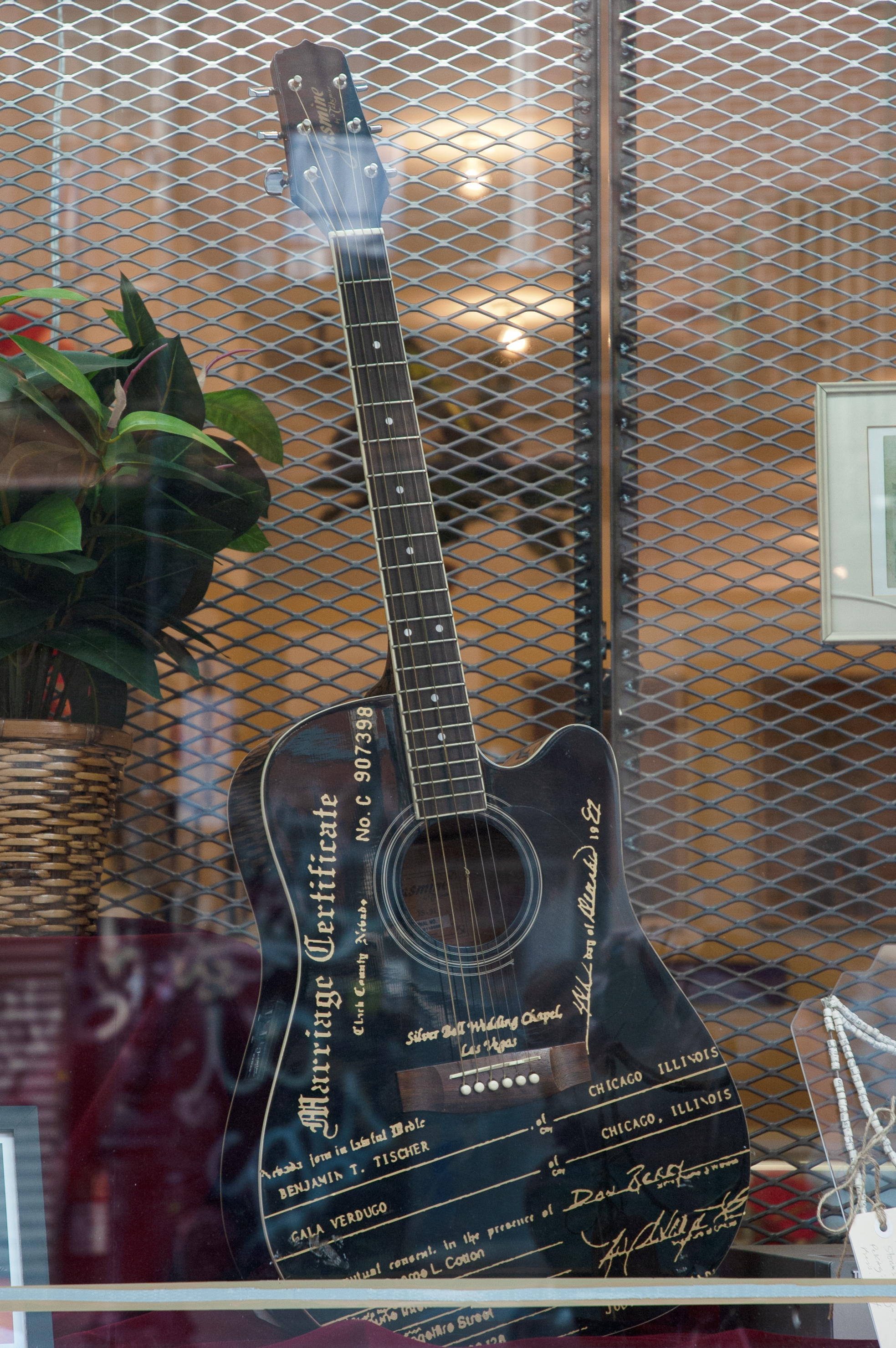
Pawnshop at e-flux storefront, New York, 2007
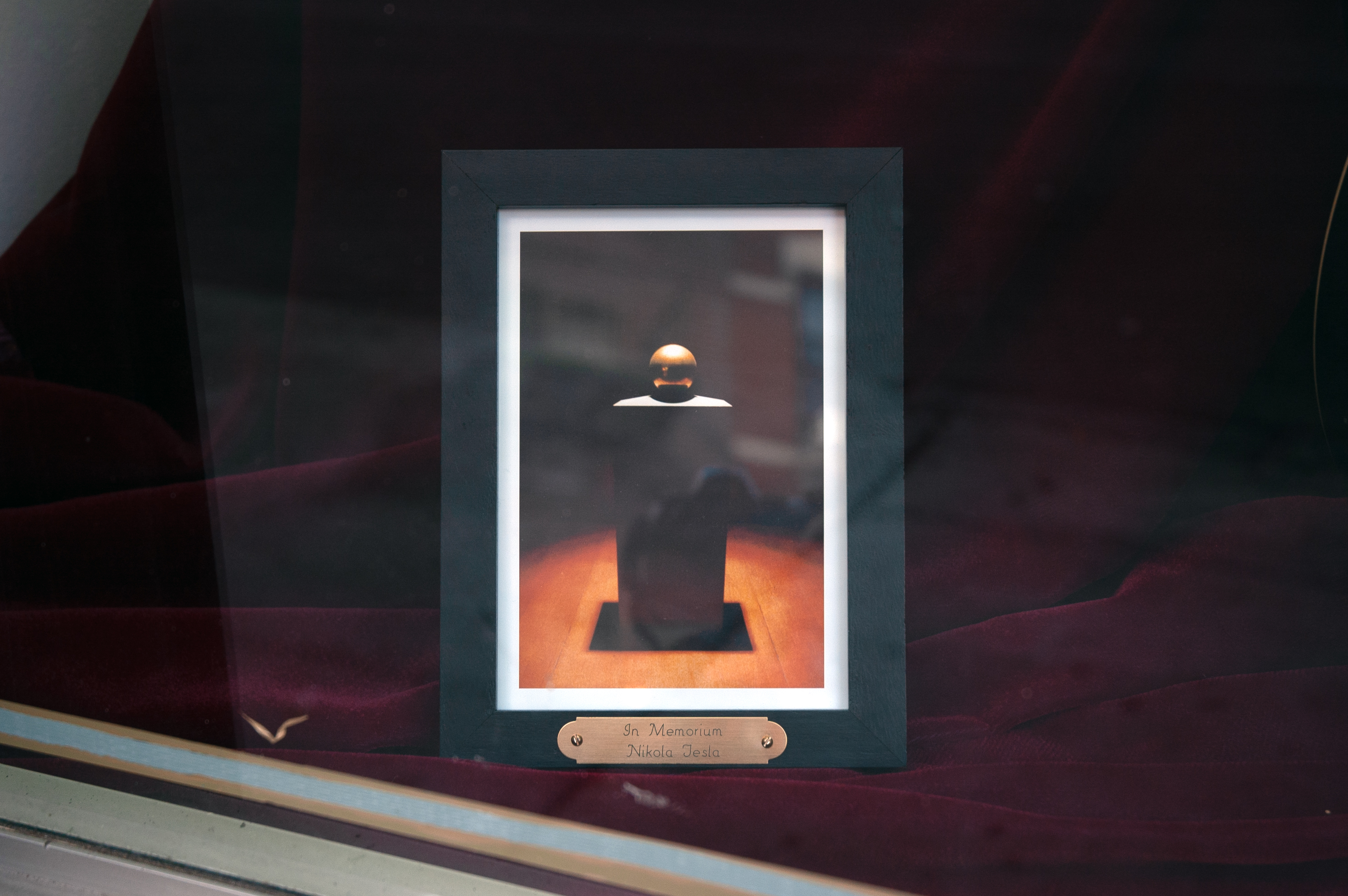
Pawnshop at e-flux storefront, New York, 2007

Pawnshop at e-flux storefront, New York, 2007
Pawnshop at e-flux storefront, New York, 2007
